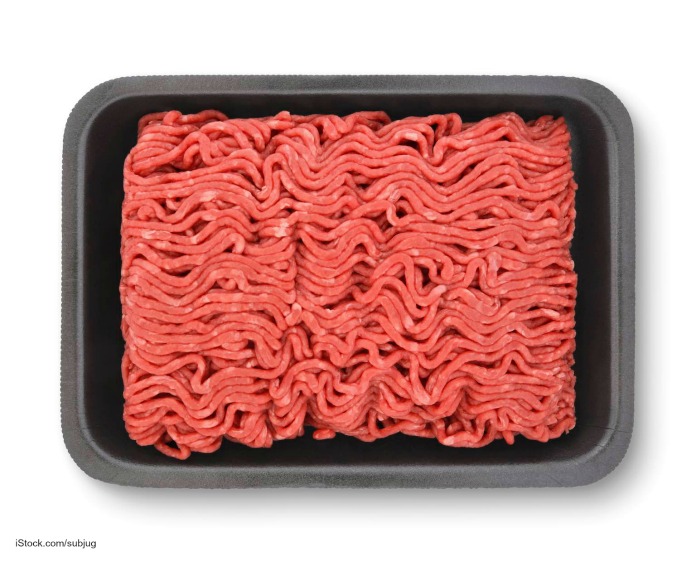Food Poisoning Bulletin has been telling you for years to cook ground meat, especially ground beef, to a minimum temperature of 160°F to kill any pathogenic bacteria that may be present in the meat. Now a new study conducted at the University of Alberta’s Department of Agricultural, Food & Nutritional Science Center has found that some E. coli bacteria are not destroyed by cooking ground beef to 160°F, the temperature recommended by the CFIA and the USDA.

Not all strains of E. coli are dangerous to human health, but some, the so-called STEC bacteria, can cause kidney failure and death. E. coli O121, E. coli O157:H7, and other strains of Shiga toxin-producing E. coli cause millions of illnesses, thousands of hospitalizations, and dozens of deaths every year.
Food microbiologist Lynn McMullen said, “we’ve been hammering consumers for years to cook chicken properly, to handle it properly, and to do the same with ground beef but still we seem to have these outbreaks of E. coli (attributed to hamburgers). Does this explain why? It might.”
This troubling development has been recognized by researchers for eight years. Thermal destruction of bacteria can leave some survivors. In 2008, McMullen and food microbiologist Michael Gänzle were studying the differences in thermal survival among organisms in a collection of E. coli taken from beef stored at the University of Alberta.
One student discovered that an organism survived for 70 minutes at 60°C (140°F, the minimum temperature that is recommended for steak doneness). Repeating the experiment, the student, Elena Dlusskaya, got the same results. She compared her results to other labs’ published survival values, and found that the bacteria cultured at the University of Alberta behaved differently. Most E. coli bacteria die within a few seconds at that temperature.
Even more alarming, the scientists discovered that salt can increase the bacteria’s heat resistance, and some of the strains can survive pressure up to 87,000 pounds per square inch. That is the standard for bacterial death in high pressure food processing.
McMullen said, “these organisms aren’t supposed to survive, but every once in a while they do. So we decided to find out why. We looked at the genomes to see what was different.”
The researchers found a suite of genes, called the locus of heat resistance (LHR) that are found only in the highly heat-resistant strains of E. coli under wet conditions, as is in raw meat. This grouping exists in about 2% of all E. coli in the databases, in both the pathogenic strains and the harmless strains.
The research team is now trying to discover how prevalent this problem of occasional survival is. And they want to figure out how often the pathogenic E. coli will survive in cooked meat. The current guidelines and recommendations for cooking meat may need to be changed, depending on their findings.




